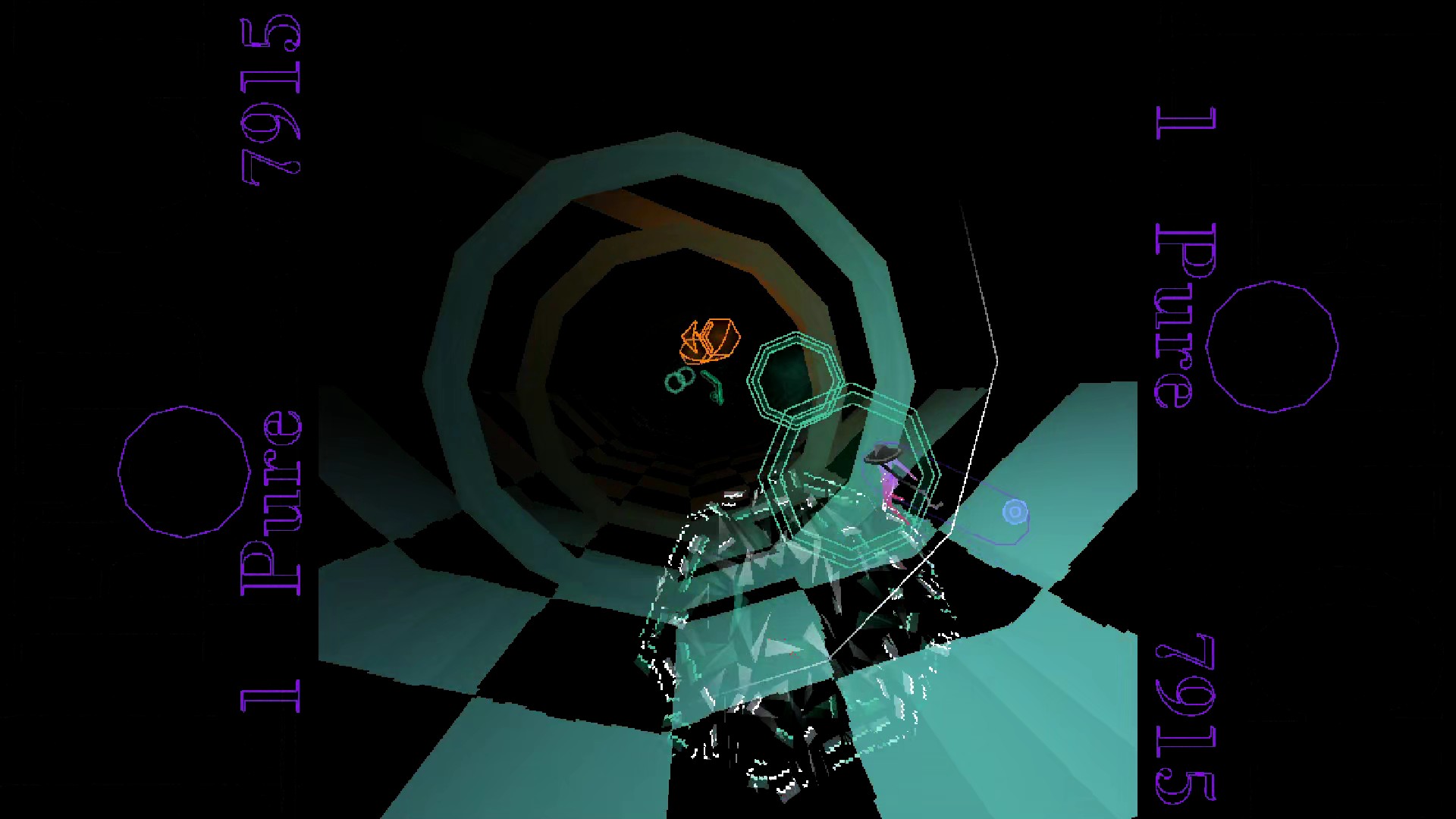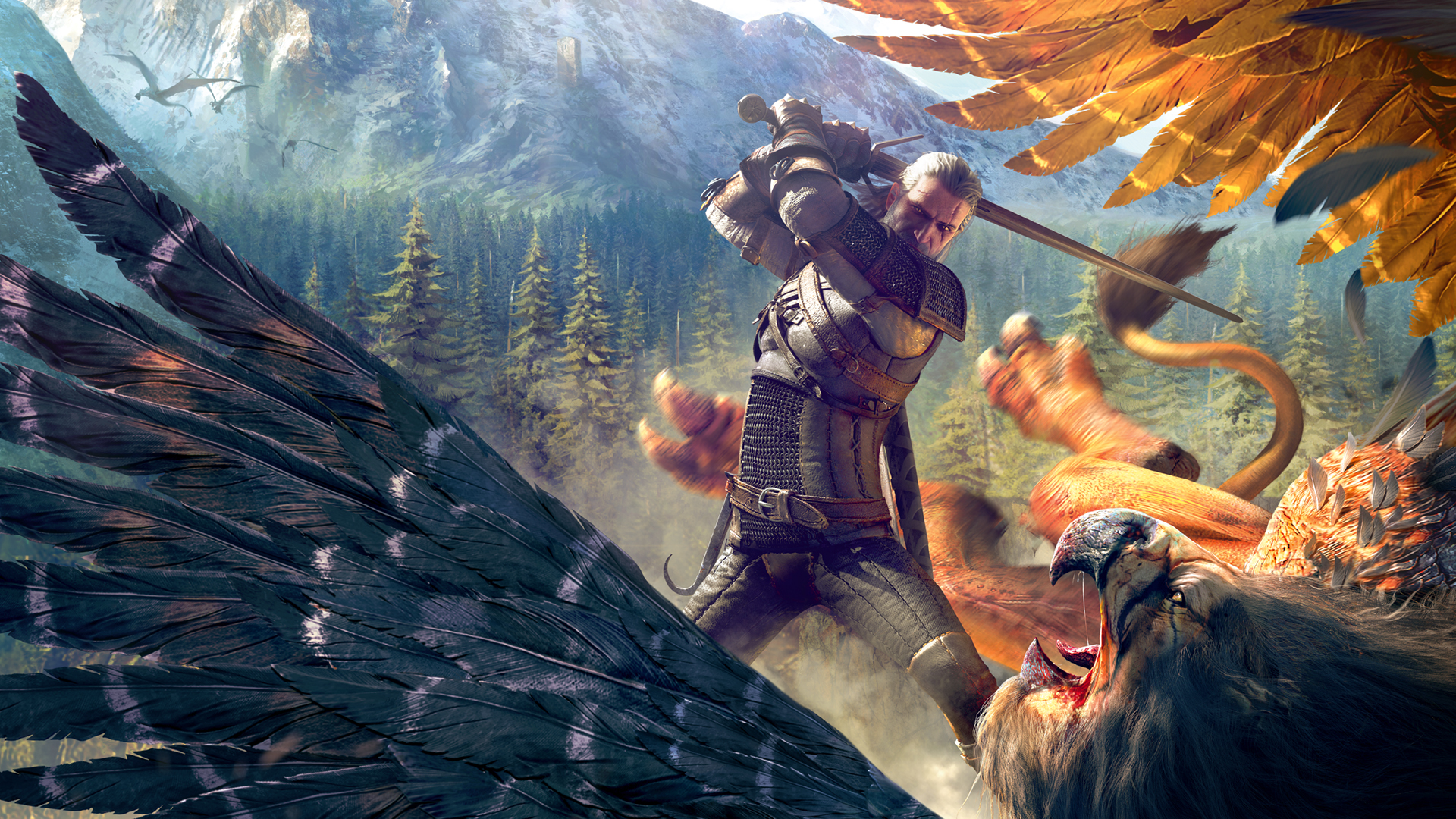
It's a sad moment when you finish a game you love and the credits roll. But the end isn't always the end, and the following expansions offer a meaningful and worthwhile continuation of some of the finest games on PC. So if you're craving more adventures with Geralt of Rivia, want to spend more time terrorising the citizens of Liberty City, or desire to discover more stories in the murky depths of Rapture, these expansions are worth the extra time.
Minerva's Den (BioShock 2)
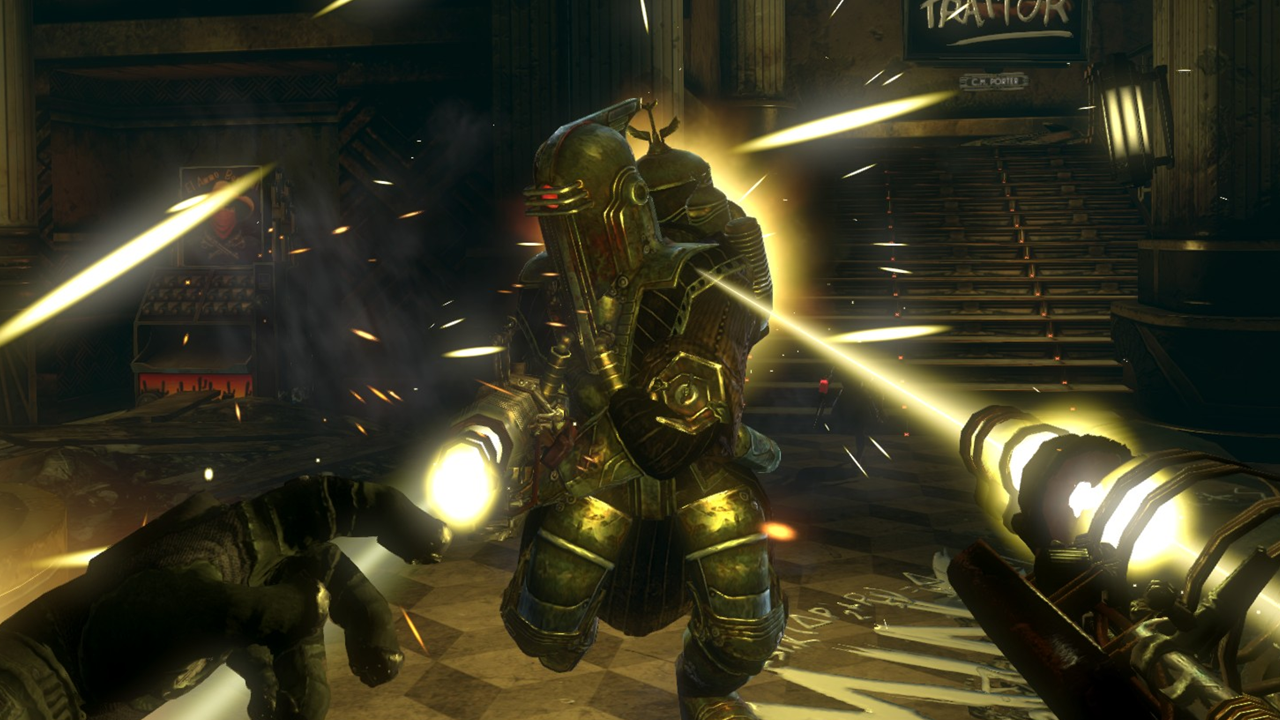
Read more BioShock 2: Minerva's Den review
Minerva’s Den is a one-off story set in Rapture that sees you hunting the blueprints for The Thinker, a supercomputer at the heart of the underwater city’s functionality. During this journey you discover the story of its creator and his obsession with using the computer to bring back some essence of his deceased wife. It’s like an anthology story set in Rapture—which I personally think they could make a whole series of as the next BioShock—with a few neat story twists, as you’d expect from a BioShock game. But it also adds a new Big Daddy type to contend with, a new part of Rapture to explore, as well as a new Plasmid. It’s as essential as each entry in the main series. —Samuel Roberts
Death of the Outsider (Dishonored 2)

Read more Dishonored: Death of the Outsider review
In this standalone Dishonored 2 spin-off you play as Billie Lurk, an assassin with her sights set on a particularly tricky target: the black-eyed god known as the Outsider. Yep, the same guy who gave Emily and Corvo their powers in the main game. But to get anywhere near him she first has to infiltrate a sinister cult, locate a magic-infused dagger, and find a way into the Void, the creepy otherworldly realm where he likes to hang out.
Billie handles very differently to Emily and her old man. She’s still blessed (well, she’d say cursed) with Outsider powers, but they’ve been remixed in a few interesting ways. Best of all, she doesn’t need to gulp down Addermire Solution every few seconds: her powers infinitely recharge, and quite quickly too. And her equivalent of Blink and Far Reach is Displace, which lets you conjure up a shadowy doppelgänger then teleport to it.
Semblance is one of the most fun new powers. Grab an enemy from behind and you can steal their face, taking on their likeness for a few seconds. So if you use it on a guard, you can casually stroll past his buddies and they won’t blink an eye. Then there’s Foresight, which lets you detach from your body and fly around the level, marking items and enemies. This isn’t as immediately satisfying as Semblance, but invaluable if you’re going for a stealth playthrough.
Keep up to date with the most important stories and the best deals, as picked by the PC Gamer team.
For the most part Death of the Outsider still feels like a Dishonored game, and you’ll quickly settle into the rhythm and feel of it if you’re familiar with the series. But Billie’s unique powers, and clever twists on old ones, make it feel nicely distinct from other entries in the series so far. —Andy Kelly
Blood and Wine (The Witcher 3: Wild Hunt)
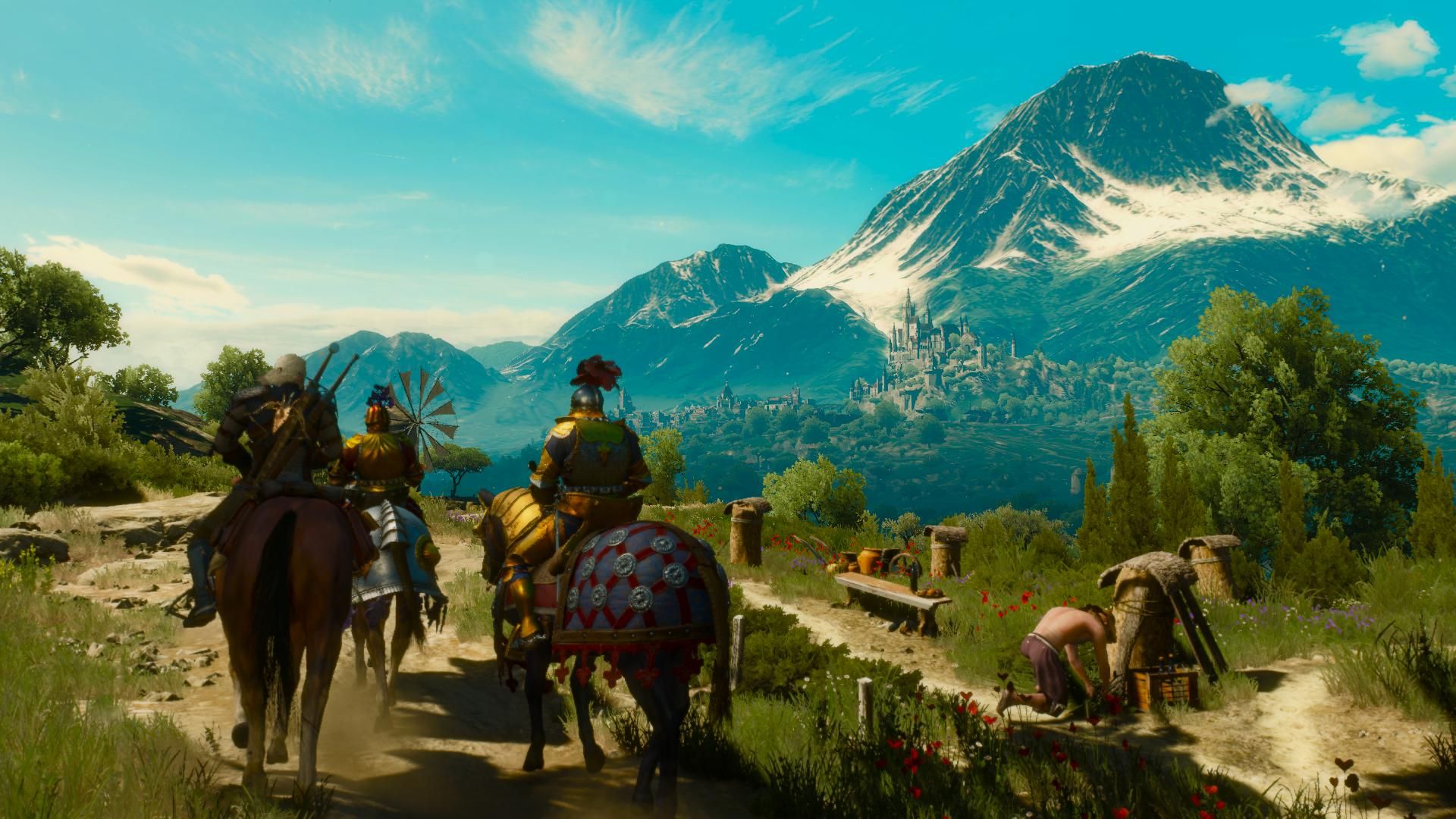
Read more The Witcher 3: Blood and Wine review
Geralt of Rivia has nothing left to prove when he and Roach ride into the gorgeous, fertile land of Toussaint at the beginning of Blood and Wine. He's saved the world and his friends multiple times. He's travelled the Northern Kingdoms fighting the most feared, deadly monsters in the world. For him, and for us, Blood and Wine is an adventure holiday in the sun.
Toussaint is the perfect destination. The rolling vineyards and fairytale castles evoke the gentle climes of continental Europe, but it has its share of dungeons and weird creatures. It's a glowing backdrop to a perfectly paced eight-to-ten hour vampire yarn that manages to be dark, funny and surprising in turn.
The Witcher 3 is already the new gold standard for swords 'n sorcery genre, but Blood and Wine delivers greater tonal variety, and shows a new lightness of touch. It's the work of a team completely at ease with their world, secure enough in their characters to know when to crack a joke, and when to get serious. The swordplay is still pretty rough, but that's easily forgiven in the context of an expansion that so admirably refines the base game. —Tom Senior
Episodes From Liberty City (Grand Theft Auto IV)
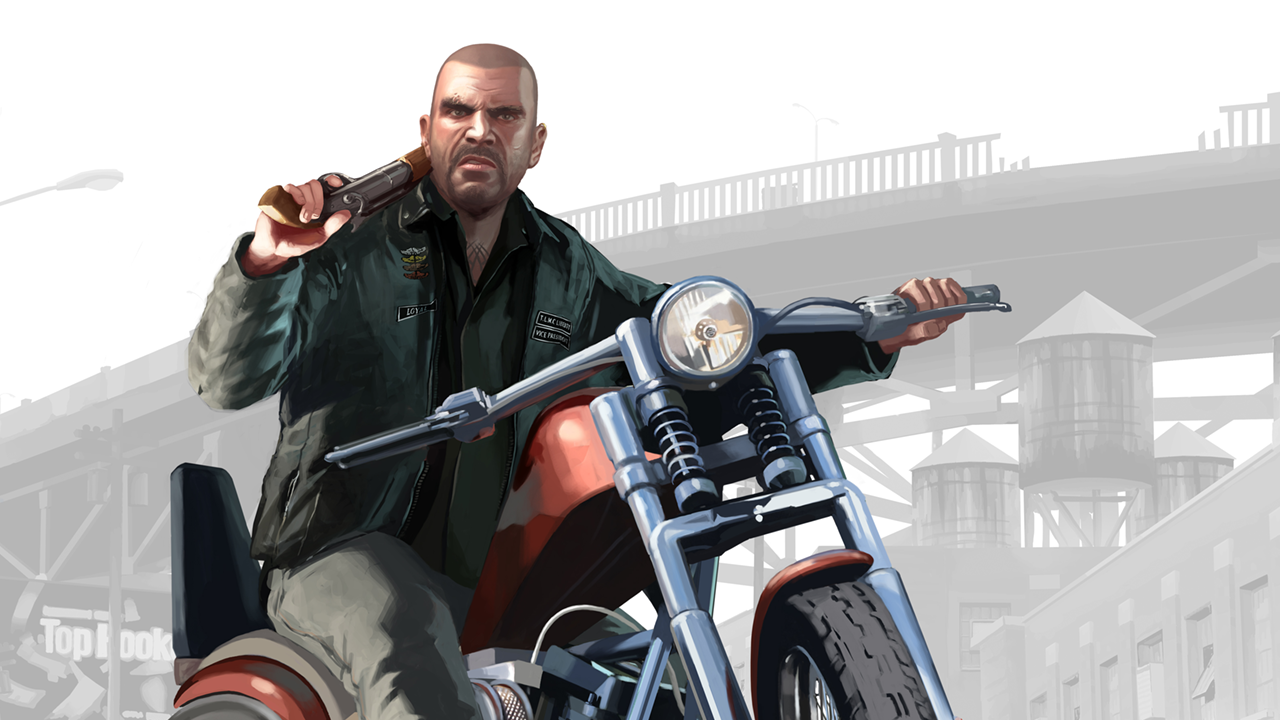
Read more Episodes From Liberty City review
While Niko Bellic’s story is at times dreary in exploring how tough his life is as a criminal—both endings in GTA IV have him lose someone close to him, which is such a depressing capper to a 30-plus hour game—the Episodes From Liberty City expansions offer lighter and more enjoyable angles on Liberty City.
In The Lost and Damned, you play as biker Johnny Klebitz, a member of a gang called The Lost which is on the verge of collapse thanks to its volatile leader, Billy. Rockstar put a noise filter effect on Liberty City and let you cruise around with your fellow bikers in formation, while cleverly setting missions in locations that aren’t used much in the main game. It successfully offers a new angle on an existing location, and makes me think Rockstar could probably make about five expansions like this for GTA V’s Los Santos if they wanted to. I love the idea of taking an existing rich game setting and putting new stories there.
The Ballad of Gay Tony re-adds a whole element from San Andreas by letting you base jump throughout the city. They also tweaked a filter on the sunset to turn it pink, which I like. Both campaigns added a heap of missions that were better than most of those found in the main game, particularly in Gay Tony, where one has Luis fend off multiple military helicopters with an automatic shotgun while crouched on a moving train. It felt like Rockstar were answering critics who complained IV wasn’t enough like San Andreas. —Samuel Roberts
Throne of Bhaal (Baldur's Gate II: Shadows of Amn)
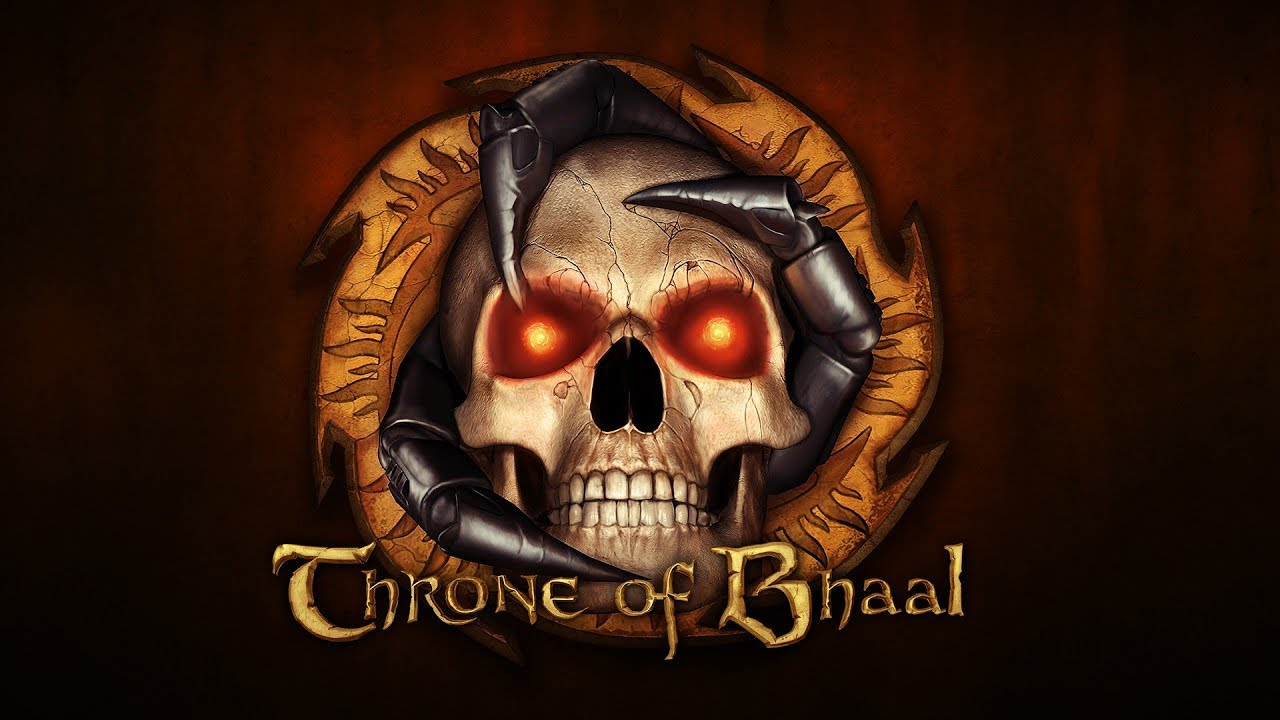
Read more The best and worst BioWare companions
Continuing the story of Baldur's Gate II, this expansion sees Gorion's Ward teaming up with Sarevok (the villain from the first game) to hunt down a group of Bhaalspawn called The Five. It raises the level cap, refines the visuals, and adds countless new items, monsters, and abilities. BGII is already a massive game, but Throne of Bhaal lets you explore even more of Faerûn (and beyond). New locations include the dungeon Watcher's Keep and, excitingly, HELL. With games like Divinity and Pillars of Eternity we're lucky enough to be living through something of a CRPG renaissance at the moment, but Baldur's Gate II and its expansions remain some of the best examples of the genre, even now. —Andy Kelly
Scandinavia (Euro Truck Simulator 2)
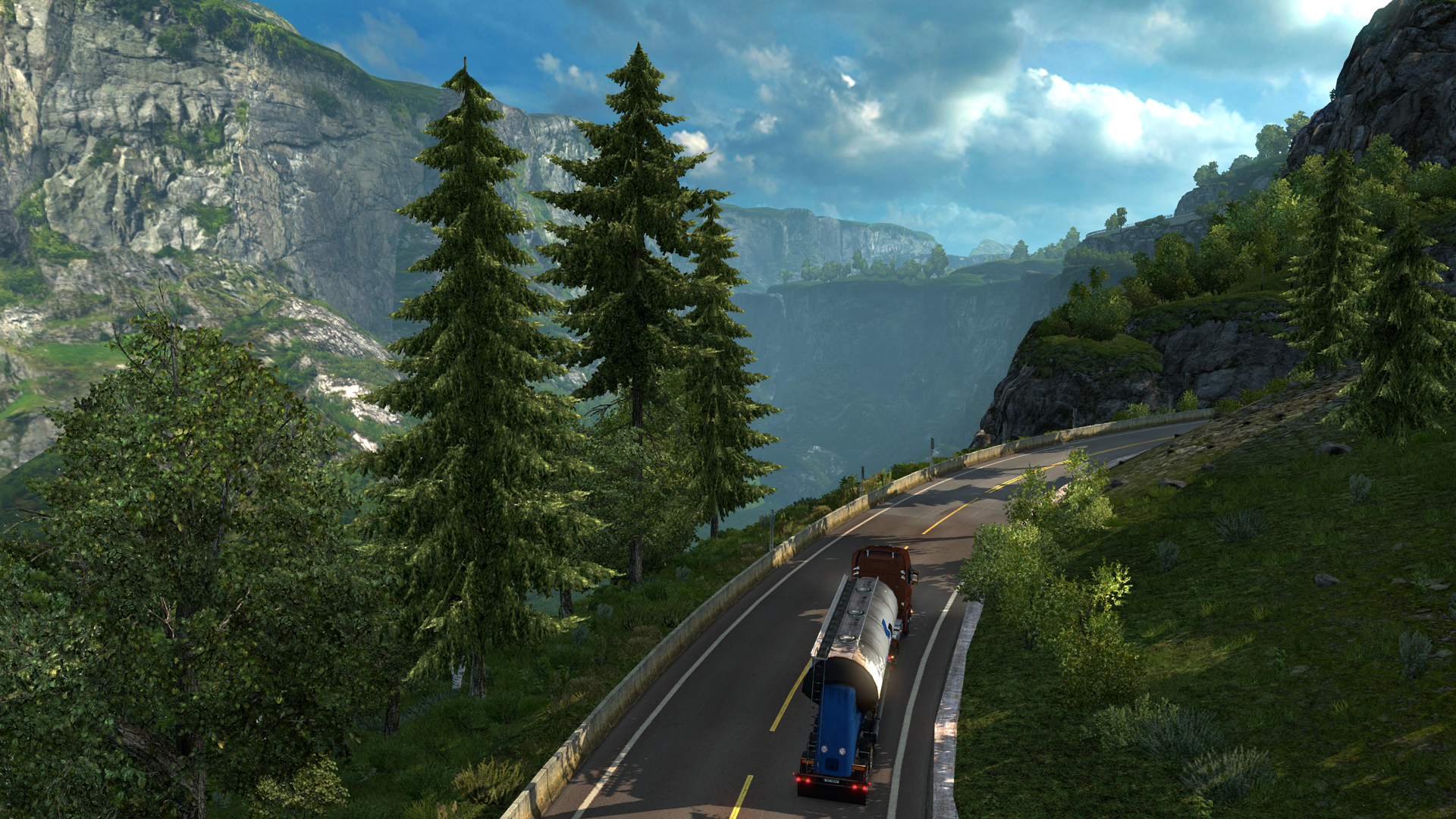
Read more The great Euro Truck Simulator 2 road trip
Our favourite sim has had some great (and massive) expansions over the years, but it's the addition of a vast chunk of Scandinavia that stands out as a highlight. It expands the map with Sweden, Norway, and Denmark, which is some of the prettiest, most dramatic driving in the game. The steep, twisting mountain roads of Norway feel notably different to the rolling farmland of France or the grey motorways of the UK. It's a hell of a place to haul some meat through. —Andy Kelly
Lord of Destruction (Diablo II)
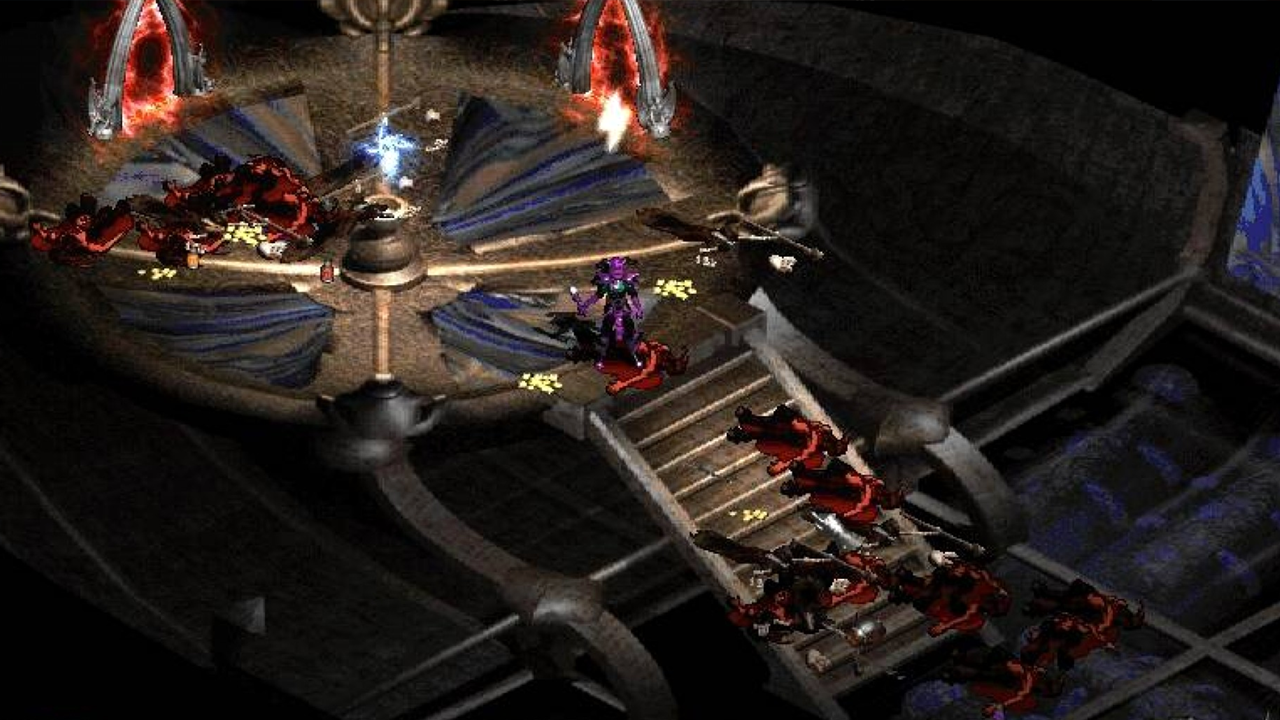
Read more This mod for Diablo 2 steals the best ideas from Path of Exile and makes it feel new again
When people reminisce about Diablo II, they’re often reminiscing about the Diablo II it became after the Lord of Destruction expansion. This hefty upgrade added two classes and a fifth act policed by the demonic tentacle spider Baal. More importantly, it added new jewels, runewords and expanded the Horadric cube recipes you could build, giving players more character-building tools and a new endgame. You could even hire underlings to fight alongside you and—gasp—run the game at 800x600 rather than the standard 640x480. Diablo II was great, of course, but Lord of Destruction made it incredible. —Tom Senior
Opposing Force (Half-Life)
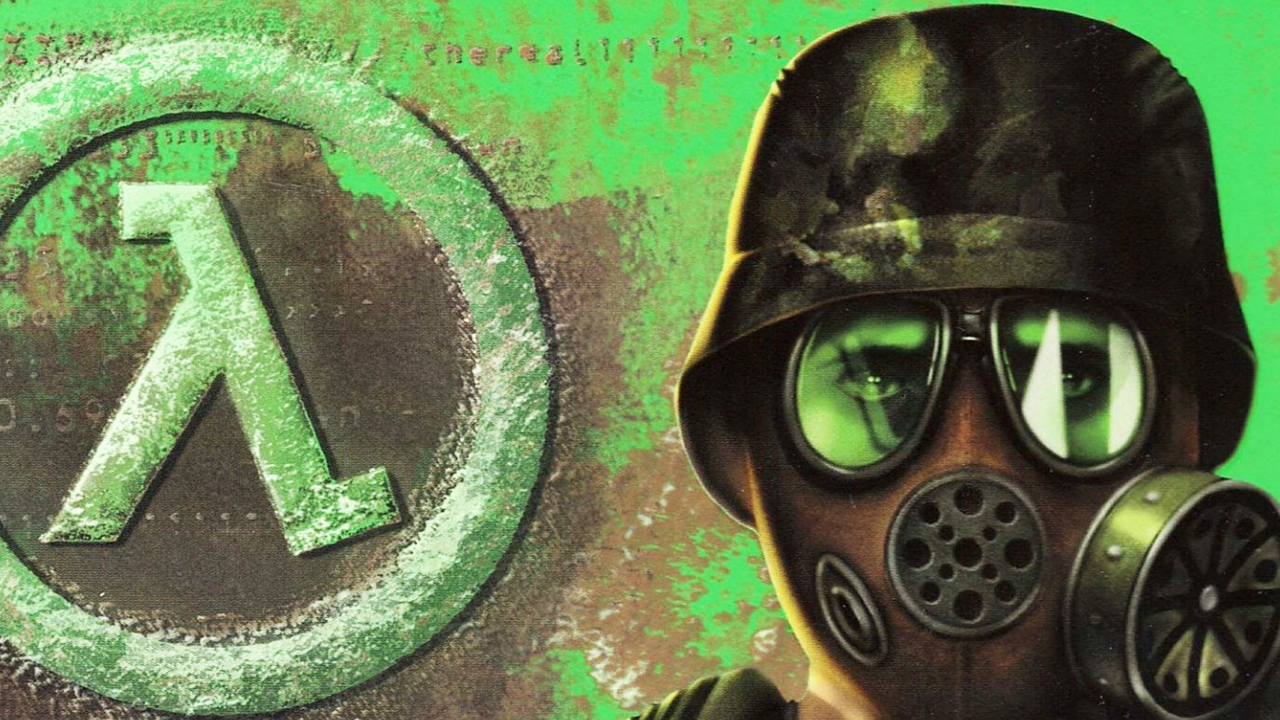
Read more The story of Half-Life remake Black Mesa
The marine grunts of Half-Life were complete assholes, mowing down hapless scientists instead of rescuing them and declaring war on misunderstood nerd Gordon Freeman. But when Gearbox and Valve teamed up to let us experience the events of Half-Life from the perspective of those grunts, a fan favourite was quickly born. As corporal Adrian Shephard we got to play with a few new weapons including an alien barnacle grappling hook, visit new areas of the facility, and even catch a glimpse of Freeman himself as he leapt into Xen.
Opposing Force felt like a complete game in its own right, a mix of the delightfully familiar for those who had obsessively played Half-Life, yet with plenty of new tricks up its sleeve. It also gave us another mute character who somehow still developed a personality, and some of us are still waiting—without much hope at this point—that we’ll someday learn Shephard’s fate. —Christopher Livingston
Yuri's Revenge (Command & Conquer: Red Alert 2)
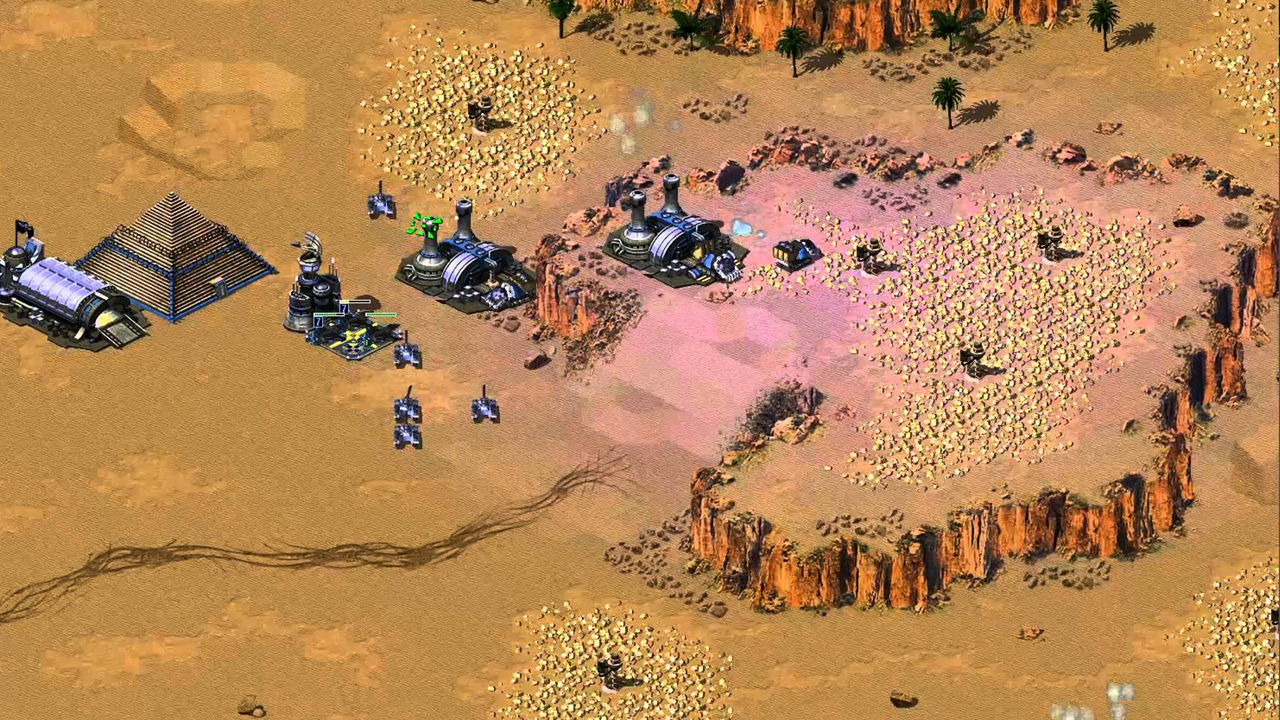
Read more Funny, self-aware, and still fun today, Command & Conquer: Red Alert 2 holds up
I struggled to pick a Command & Conquer expansion because I love a whole bunch of them (particular how missile subs in Red Alert: Aftermath basically make the Soviets unstoppable). Yuri’s Revenge added a new faction, commanded by Yuri, which forces you to rethink how you deal with his more unusual, science fiction-y units. The combination of unit-dragging Magnetrons, UFO-style Floating Discs and mind-controlling Yuri clones means he’s a little harder to counter than the Allies or Soviets.
I remember the two new campaigns in Yuri’s Revenge being significantly trickier than anything in the fairly easy (but still brilliant) Red Alert 2 campaigns, plus the addition of a third faction mixes up the skirmish and multiplayer modes in colourful ways. Just writing about it makes me miss playing C&C, validating my decision to buy the Ultimate Collection after a few beers last year. —Samuel Roberts
The Brigmore Witches (Dishonored)
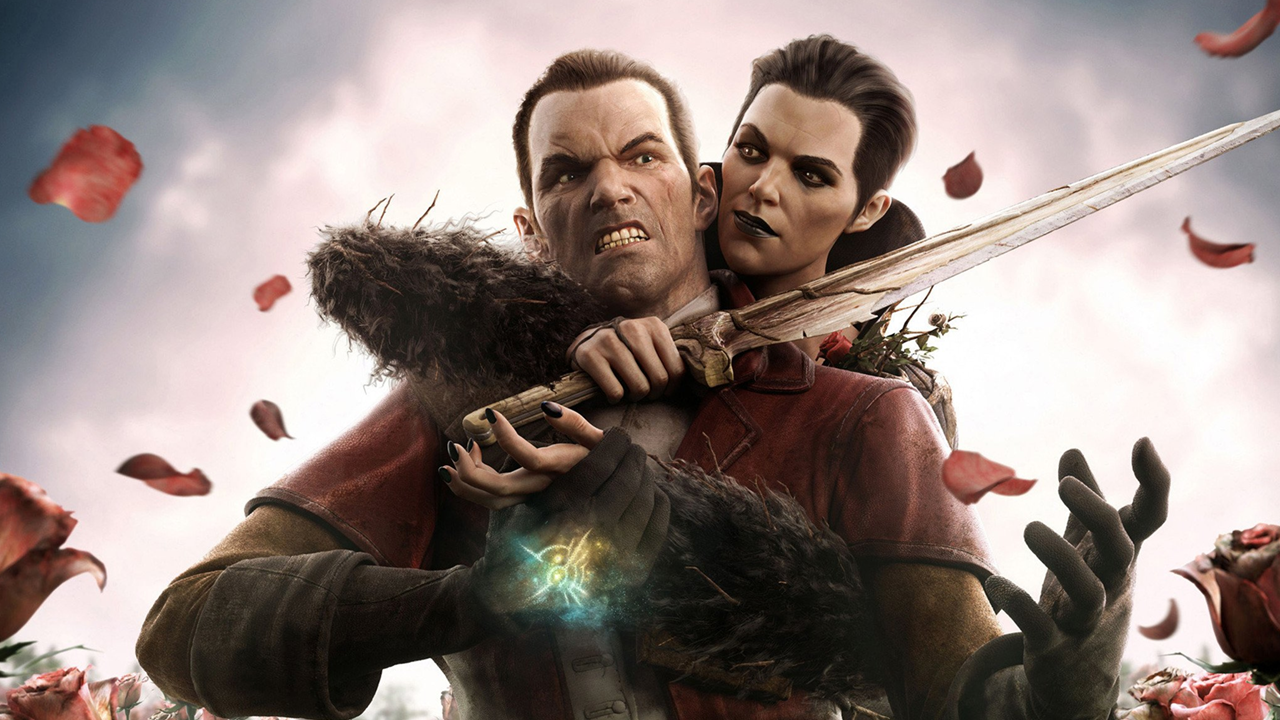
Read more Dishonored: The Brigmore Witches review
Arkane builds beautiful levels, so all we needed from a Dishonored expansion is more Dunwall. Brigmore Witches is the second chapter in the two-part story expansion that starts with Knife of Dunwall. Both cast you as the assassin Daud, who has a few extra abilities, such as the ability to summon assassins and to speak out loud—something Corvo never does in Dishonored.
Mainly, though, the appeal of the Brigmore Witches is those new places. The new Dunwall zones are just as intricate as Dishonored’s levels, but the real treat is the witches’ mansion, a weird departure from anything you see in the base game. Knife of Dunwall is great when it’s not repeating levels you’ve already been through as Corvo, and it’s definitely worth playing through to reach the richer, stranger half of the expansion. —Tom Senior
Apex (Arma 3)
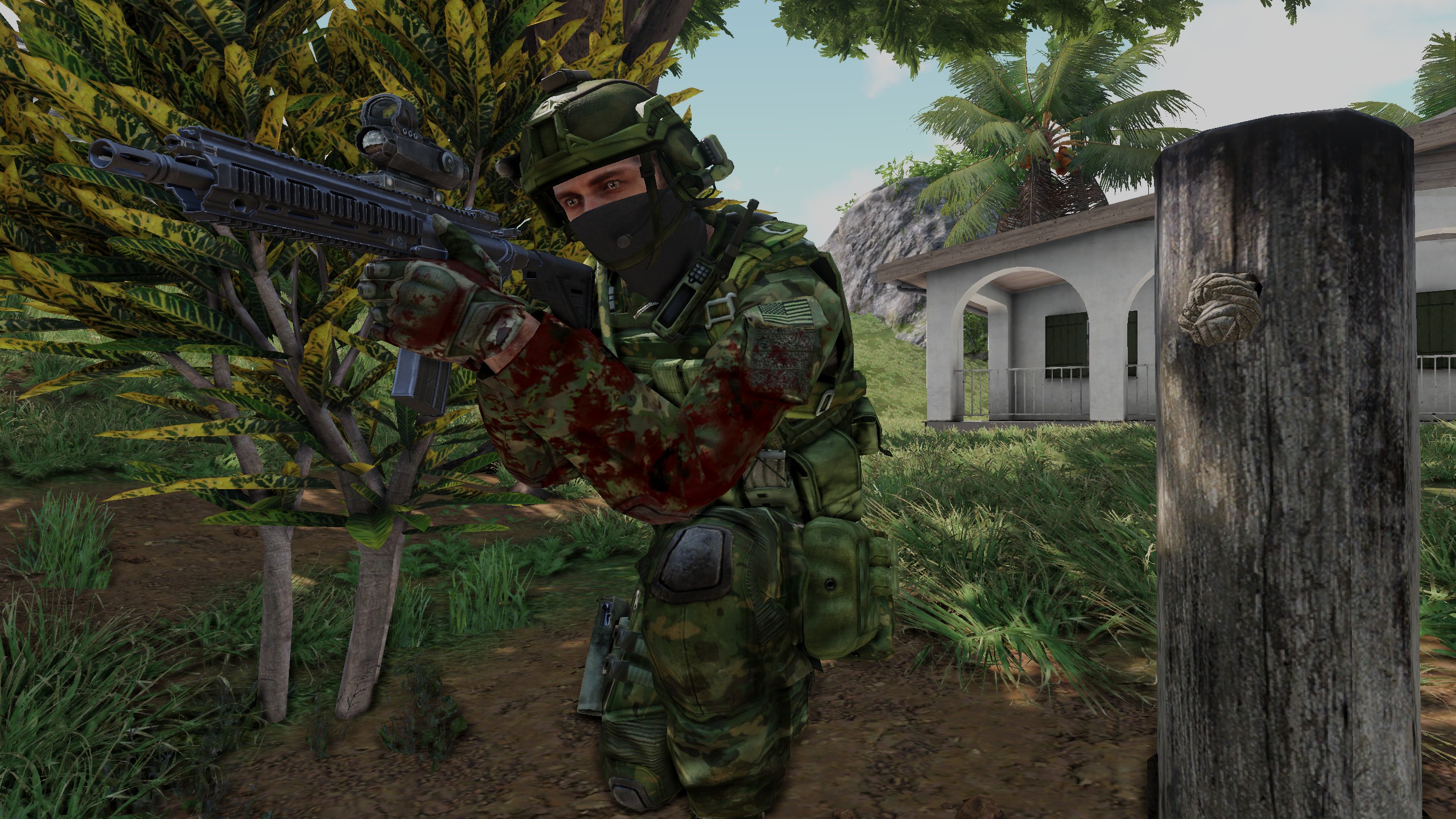
Read more How a jungle map made Arma 3 grittier in 2016
An upgrade to a new setting, new weapons and vehicles, new factions, new multiplayer scenarios, and a too-brief single-player/co-op campaign that takes those toys for a spin. Mostly, though, it’s a ticket to Tanoa—100 square kilometers of tropical terrain and a cover album of real-life locations like Lihir Island and Fiji: huge swathes of jungle beside a variegated mixture of plains, shoreline, and scrubland. Populating the archipelago are farms, refineries, mines, beachside villages, logging camps, ancient ruins, and a dead volcano, details that create a canvas for mission-makers and modders.
It's a nice bit of earth. Arma maps like Chernarus and Altis have personality, but they aren’t atmospheric in the way that Tanoa is. Step into the forest in the afternoon, and you’ll hear birds and insects chattering. But at nighttime it’s a different sound: unsettling owls and other nocturnal things punctuating a constant cricket hum. Thunderstorms drop piercing rain and dramatic bass.
In the sun, Tanoa is vibrant and fertile, but without feeling too much like a vacation resort, one of my criticisms of Arma 3’s base map, Altis. Tanoa’s overgrowth is paranoia-inducing and difficult to navigate, even in the light. In this way, one of the best things about Tanoa is the way the jungle cancels some of Arma 3’s fanciest gear. Thermal goggles and remote-controlled drones kind of suck when you’re inside a tropical forest, and helicopters have a hard time landing or spotting anyone hiding in the stuff. —Evan Lahti
Burial at Sea (BioShock Infinite)
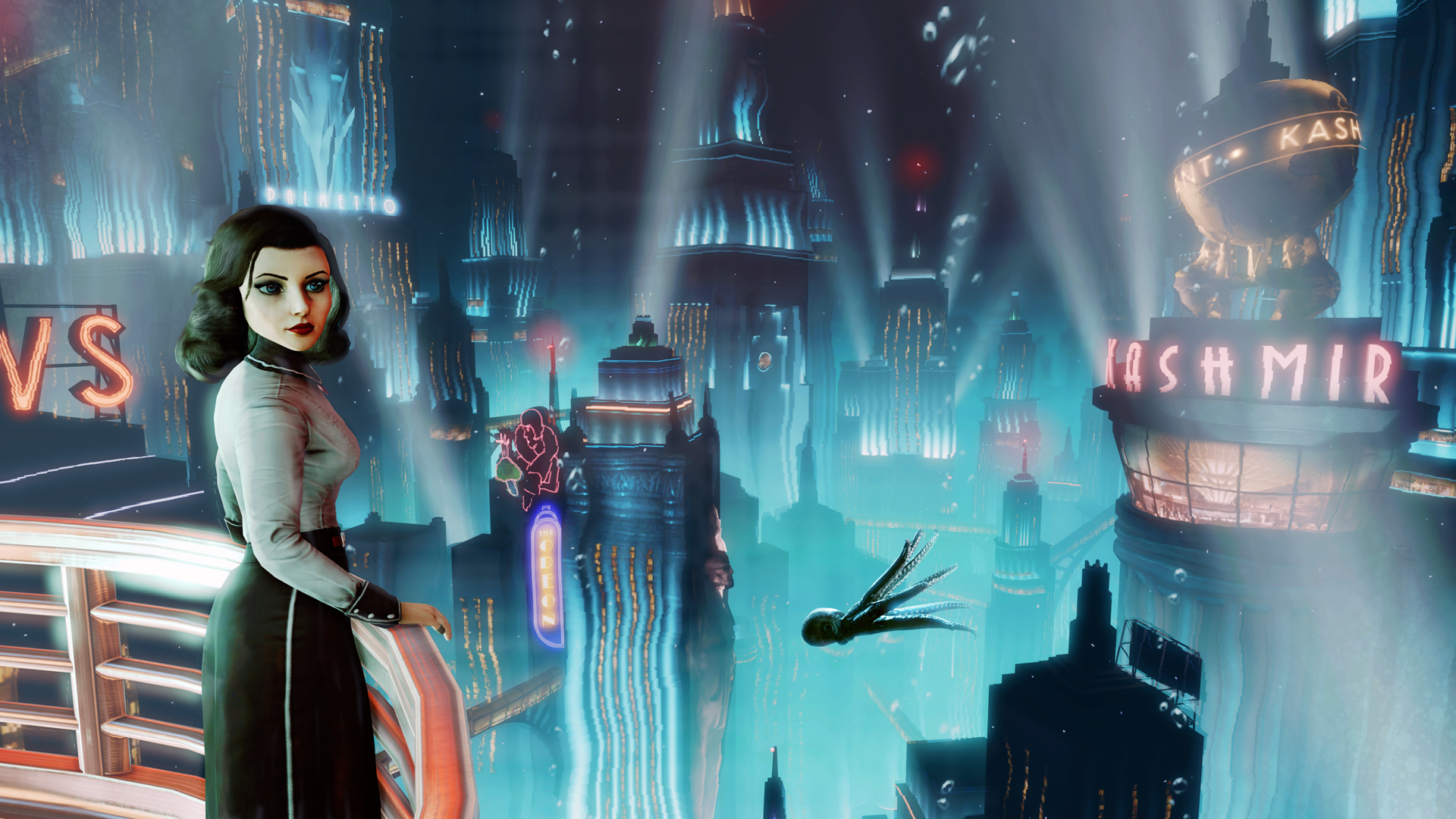
Read more BioShock Infinite: Burial at Sea review
This seven or eight hour crossover of 2007’s BioShock and Infinite is essentially an all-new BioShock game in itself. In the first episode, you get to sample Rapture before the fall for the first time, and then explore a department store that’s been left to the splicers in more familiar fashion. The second, superior episode is a proper stealth game, putting you in the shoes of Elizabeth, minus her powers, with a crossbow. Being able to use traps, draw out enemies with noisemaker darts and use silent takedowns means it’s more tactical than Infinite. Alongside that, Burial At Sea offers an exciting, comic book-y mash-up of the game’s two stories that you can take or leave as canon. —Samuel Roberts
Enemy Within (XCOM)

Read more Best singleplayer of the year 2013: XCOM: Enemy Within
Firaxis' first take on the sci-fi-inspired series spawned Enemy Within—an impressive add-on which fundamentally alters the base game's makeup, while preserving pretty much everything that makes its source material one of the best strategy games around. New maps mark new environments for Sectoid slaughter, and a reworking of Enemy Unknown's pretty unintuitive inventory system makes redistributing equipment a whole lot easier.
Beyond the subtle adjustments, the introduction of Meld—alien nanomachines that bestow superhuman abilities upon regular human soldiers—adds an element of risk versus reward which, against the game's permadeath functionality, in turn demands players to deftly balance ambition and greed.
In essence, Enemy Within takes an already superb game and improves upon both its obvious shortcomings, and the areas you didn't necessarily realise needed improving. Throw power mechs into this mix (on both sides), and you've got a fun but at times painfully challenging expansion. I dare anyone to try Ironman Mode and live to tell the tale. —Joe Donnelly
Citadel (Mass Effect 3)
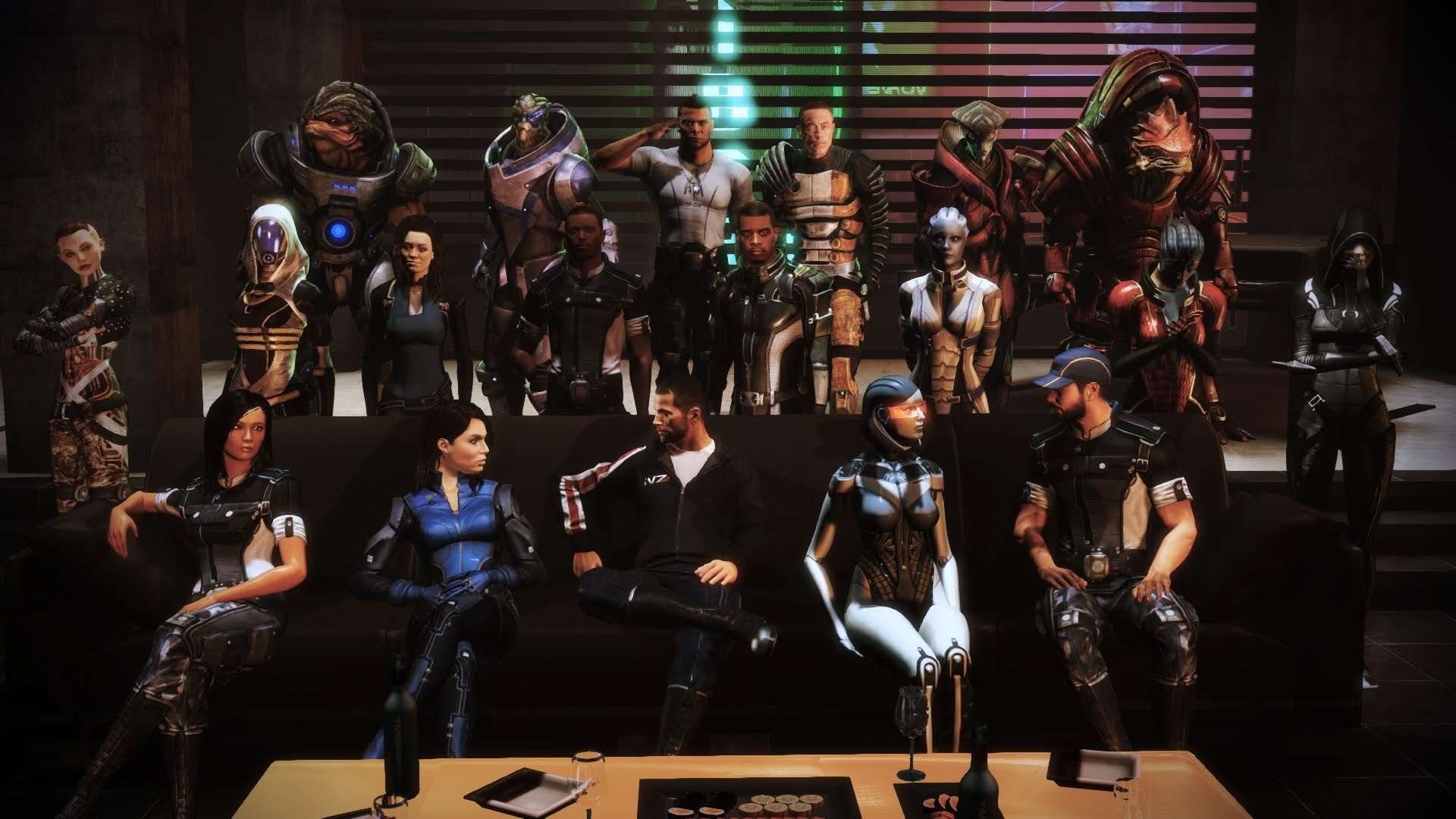
Read more Mass Effect 3: Citadel review
However you felt about the conclusion of BioWare's sci-fi trilogy, this was Mass Effect's real ending. It's a substantial new adventure with two parts: the first is a standalone story set in the second half of the main campaign, a 2-3 hour romp with a brilliant twist. I won't spoil it, and it's so silly that it's probably better thought of as non-canon, but it enables a dozen brilliant moments that the game's writers must have had a huge amount of fun putting together.
Citadel is self-aware in a really endearing way, essentially a comedy revue starring a cast of characters that you've come to love. There's a moment when Shepard and crew find themselves facing (another) dangerous all-or-nothing mission, and Shepard wearily suggests that (yet again) perhaps a three-person strike team would be better than just sending everybody in. Screw that, they decide. For once, let's just send everybody. And for the first time in a Mass Effect game, every single companion accompanies you on a mission at the same time. Even if, for engine reasons, you're separated into—that's right—teams of three.
And that's only half of it. The other part of Citadel is a sprawling denouement to the series, a run of short adventures with every surviving companion from the series that help to tie off relationships in sweet, silly, and touching ways. And then, at the end of it all, you throw a party. Everybody comes, and you can choose whether to pump up the music and drinks or go for a quieter, conversational atmosphere. It's grade-A, electrifying fanservice full of in-jokes (Shepard can't dance) and long-teased payoffs.
Then, when it's all over, the crew return to the Normandy with that one desperate final mission ahead of them. "We've had a good ride," Shepard's love interest says as they look out over the Citadel. "The best." Shepard replies.
And they're right! This is the best of the game, the relationships and humour and slow-burn warmth that BioWare specialise in. It might not be the chronological end of the story, but this is a long fond farewell to Shepard, the Normandy, and her crew, and to the fan community that grew up around the series. —Chris Thursten
The collective PC Gamer editorial team worked together to write this article. PC Gamer is the global authority on PC games—starting in 1993 with the magazine, and then in 2010 with this website you're currently reading. We have writers across the US, UK and Australia, who you can read about here.


